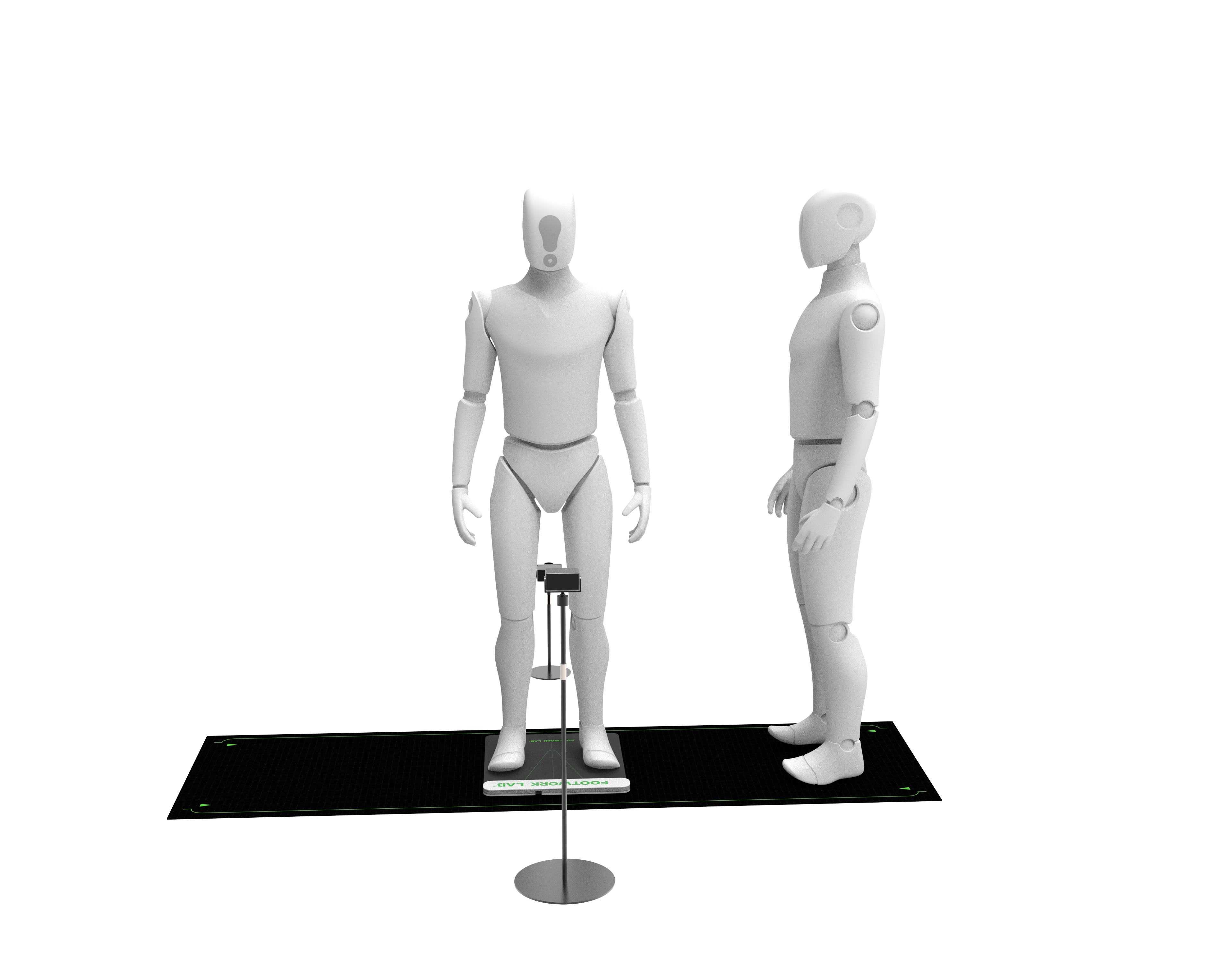A clinical gait scan for diagnosis is a specialized biomechanical assessment used by healthcare professionals to identify and characterize gait abnormalities, aiding in the diagnosis of various musculoskeletal, neurological, and developmental conditions. This diagnostic tool combines advanced technology—such as pressure plates, motion capture systems, and electromyography (EMG)—to collect quantitative data on an individual’s walking pattern, which is then analyzed to detect deviations from normal gait mechanics. The clinical gait scan process begins with a detailed history and physical examination, followed by the capture of gait data during overground walking or on a treadmill. Key parameters measured include step length, stride frequency, stance and swing phase durations, foot progression angle, joint ranges of motion (at the ankle, knee, hip, and pelvis), and plantar pressure distribution. These metrics are compared to age- and gender-matched normative data to identify significant deviations. In diagnosing musculoskeletal conditions, clinical gait scans can reveal abnormalities such as overpronation in flat feet, which may contribute to plantar fasciitis, or excessive supination associated with high arches, increasing the risk of ankle sprains. For neurological disorders like cerebral palsy, the scan may show spastic gait patterns with scissoring (crossing of the legs) or toe walking, which are characteristic of the condition. In developmental contexts, gait scans in children can detect early signs of conditions like hip dysplasia or clubfoot, enabling timely intervention. The diagnostic value of clinical gait scans lies in their ability to quantify subtle abnormalities that may not be apparent through visual observation alone. For example, a patient with mild peripheral neuropathy may exhibit slight instability during the swing phase, which a gait scan can measure as increased stride width or reduced swing phase duration. This objective data supports accurate diagnosis, helping differentiate between conditions with similar clinical presentations, such as distinguishing between gait abnormalities caused by muscle weakness versus joint pathology. Clinical gait scans also inform treatment planning by identifying the specific mechanisms underlying gait dysfunction. For instance, a scan showing reduced knee extension during terminal stance may indicate quadriceps weakness, guiding the prescription of targeted strengthening exercises. Additionally, serial gait scans can monitor changes over time, assessing the effectiveness of interventions such as surgery, physical therapy, or orthotic devices. By providing a foundation for evidence-based diagnosis and treatment, clinical gait scans are invaluable in improving patient outcomes across a range of conditions.
